Text
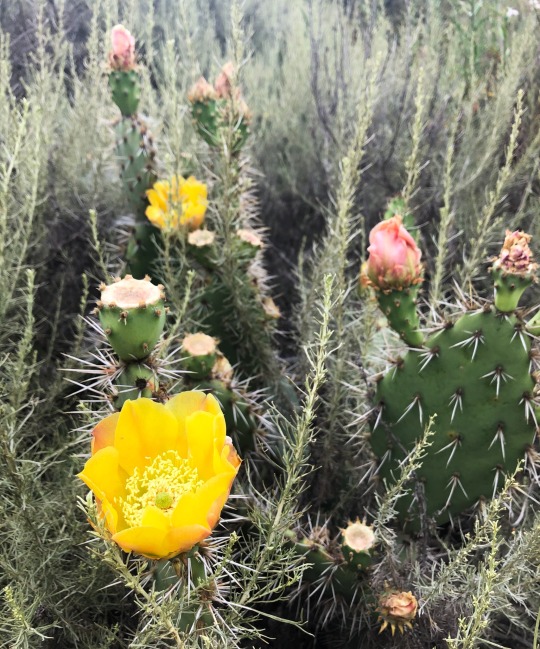
Prickly pear cactus (Opuntia species) among California sagebrush (Artemisia californica).
#urbanwilderness#pricklypearcactus#cactus#californiasagebrush#sagebrush#wildflowers#plantnatives#coastalsagescrub#keepcalifornialookinglikecalifornia#keepcalookinglikeca#kennethhahnpark#losangeles#california#concretechaparral
2 notes
·
View notes
Text

The last few California poppies (Eschscholzia californica) are still blooming but seeds have been collected for next year - though the poppies themselves do a pretty good job reseeding on their own. By the way, scientists have proven it is impossible to have too many poppies in your yard...
#urbanwilderness#californiapoppy#poppies#wildflowers#inthegarden#plantnatives#keepcalifornialookinglikecalifornia#keepcalookinglikeca#natureinla#concretechaparral
0 notes
Text

Spooky! A dead paper wasp (Vespidae family) remains on its nest in a mummified state. Perhaps on Halloween it will fly again... Despite their reputation, paper wasps aren’t aggressive unless threaten. They also prey on other insects for feeding their young.

#urbanwilderness#urbanwildlife#wasp#paperwasp#insects#bugs#zombiebug#hauntednest#losangeles#california#concretechaparral
0 notes
Text
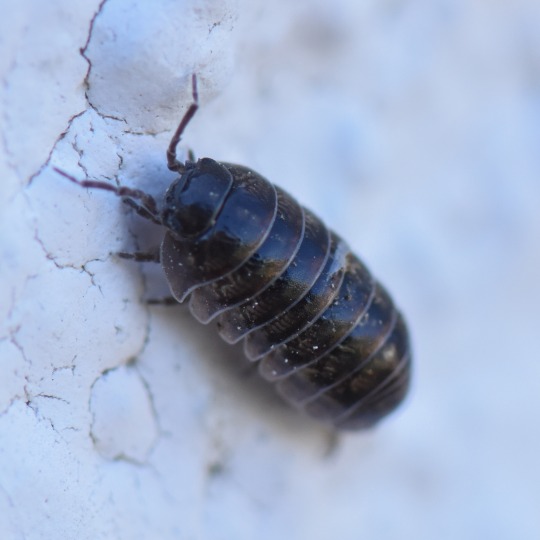
Behold the Roly-poly , aka pillbug, aka potato bug, aka pill woodlouse, aka doodle bug, aka slater - and, of course, the Latin: Armadillidium vulgare. More closely related to shrimp and lobster than insects, the roly-poly is an European native now found through North America especially in our nice damp lawns.
0 notes
Text

Southern Alligator Lizard (Elgaria multicarinata). A long slender lizard, in the brush it can be mistaken for a snake as it quickly runs in a S line and it’s small legs are obscured by the grass and leaves.
#urbanwilderness#urbanwildlife#alligatorlizard#lizards#reptiles#onthetrail#kennethhahnpark#losangeles#california#concretechaparral
20 notes
·
View notes
Text

>sigh< Great, more trash to be left behind on the trails... Use a trash can folks!
#urbanwilderness#packitinpackitout#leaveonlyfootprints#litter#trash#masktrash#kennethhahnpark#losangeles#california#concretechaparral
0 notes
Text
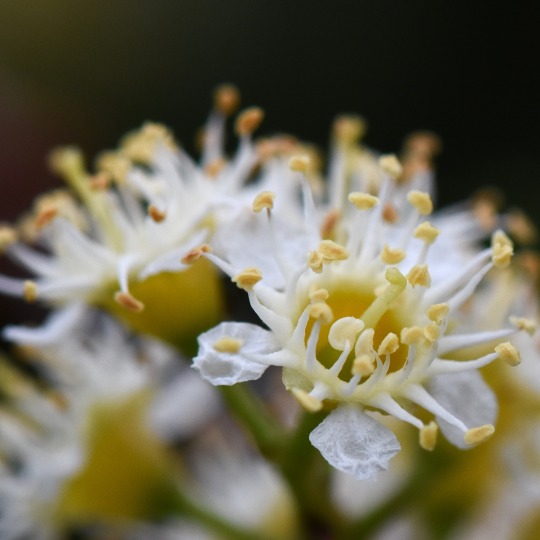
Flower from hollyleaf cherry (Prunus ilicifolia). Though the flowers are tiny, they grow in a tight cluster on a racemes around 1’ to 1.5’ inches long.
#urbanwilderness#wildflowers#hollyleafcherry#nativeplants#canativeplants#keepcalifornialookinglikecalifornia#keepcalookinglikeca#natureinla#kennethhahnpark#losangeles#california#concretechaparral
0 notes
Text
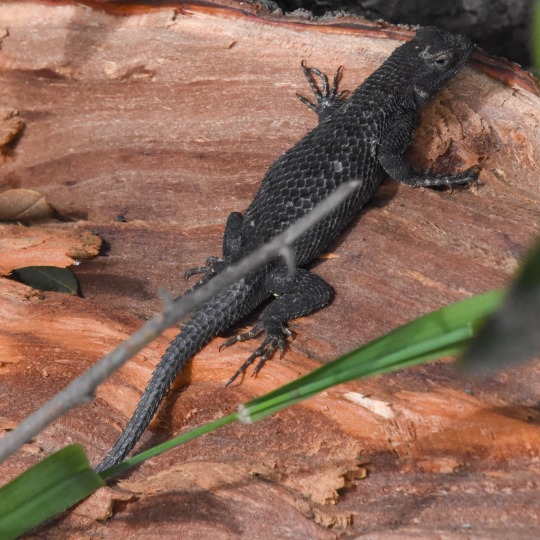
Western Fence Lizard (Sceloporus occidentalis) - The western fence lizard can change its color from light grey or tan to black. Not for camouflage, but to help it absorb heat from the sun.
#urbanwilderness#urbanwildlife#westernfencelizard#lizard#reptile#natureinla#kennethhahnpark#losangeles#california#concretechaparral
0 notes
Text

Close up of hummingbird sage (Salvia spathacea) flower.
#urbanwilderness#sage#hummingbirdsage#salvia#wildflowers#inthegarden#plantnatives#keepcalifornialookinglikecalifornia#keepcalookinglikeca#viewparkwindsorhills#losangeles#california#concretechaparral
0 notes
Text

Coming in for a landing... A honey bee (Apis mellifera) collects pollen from California poppies (Eschscholzia californica).
#urbanwilderness#bees#honeybee#insects#poppy#californiapoppy#wildflowers#inthegarden#plantnatives#keepcalifornialookinglikecalifornia#keepcalookinglikeca#viewparkwindsorhills#losangeles#california#concretechaparral
1 note
·
View note
Text

Flower of blue-eyed grass (Sisyrinchium bellum) among the aloe.
#urbanwilderness#blueeyedgrass#wildflowers#inthegarden#plantnatives#canativeplants#nativeplants#keepcalifornialookinglikecalifornia#keepcalookinglikeca#natureinla#viewparkwindsorhills#losangeles#california#concretechaparral
0 notes
Text
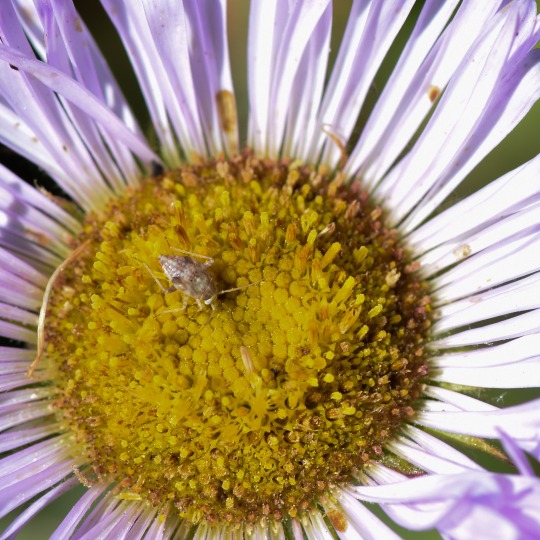
Who is he? Where does he come from? Is it even a he? A small bug that appears whenever my seaside daisies (Erigeron glaucus) bloom. Never see them on anything else and the nearest wild population of seaside daisies is over 50 miles away. The back reminds me of the shell of sand crabs, so I will name them ‘sandcrab creepers.’
#urbanwilderness#urbanwildlife#insects#bugs#seasidedaisy#erigeron#nativeplants#canativeplants#plantnatives#plantitandtheywillcome#keepcalifornialookinglikecalifornia#keepcalookinglikeca#viewparkwindsorhills#california#losangeles#concretechaparral
0 notes
Text
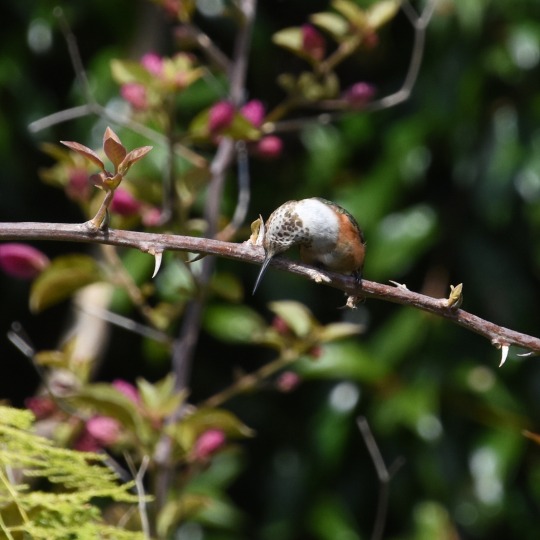
Hummingbird #3 - “Ah... that’s the spot.” An Allen’s hummingbird finally finds a good use for a bougainvillea thorn.
#urbanwilderness#urbanwildlife#hummingbird#allenshummingbird#bird#viewparkwindsorhills#losangeles#california#concretechaparral
1 note
·
View note
Text

Hummingbird #2 - Hmmm... the sweet taste of nectar. Allen’s Hummingbird (Selasphorus sasin)
#urbanwilderness#urbanwildlife#hummingbird#allenshummingbird#birds#viewparkwindsorhills#losangeles#california#concretechaparral
0 notes
Text

Hummingbird #1 - When going in for a drink, always glance over your shoulder to spot any rivals... Allen’s hummingbird (Selasphorus sasin)
#urbanwilderness#hummingbird#allenshummingbird#birds#viewparkwindsorhills#losangeles#california#concretechaparral
2 notes
·
View notes
Text

California wild rose (Rosa californica) blooming trail side in Kenneth Hahn Park.
#urbanwilderness#rose#wildrose#wildflowers#nativeplants#canativeplants#keepcalifornialookinglikecalifornia#keepcalookinglikeca#kennethhahnpark#losangeles#california#concretechaparral
0 notes
Text

Mulefat (Baccharis salicifolia). Normally found in riparian and wetland areas, this is a common plant found growing on the dry slopes of Kenneth Hahn Park. But does it actually make mules fat?
#urbanwilderness#mulefat#baccharis#wildflowers#nativeplants#canativeplants#keepcalifornialookinglikecalifornia#keepcalookinglikeca#natureinla#kennethhahnpark#losangeles#california#concretechaparral
0 notes